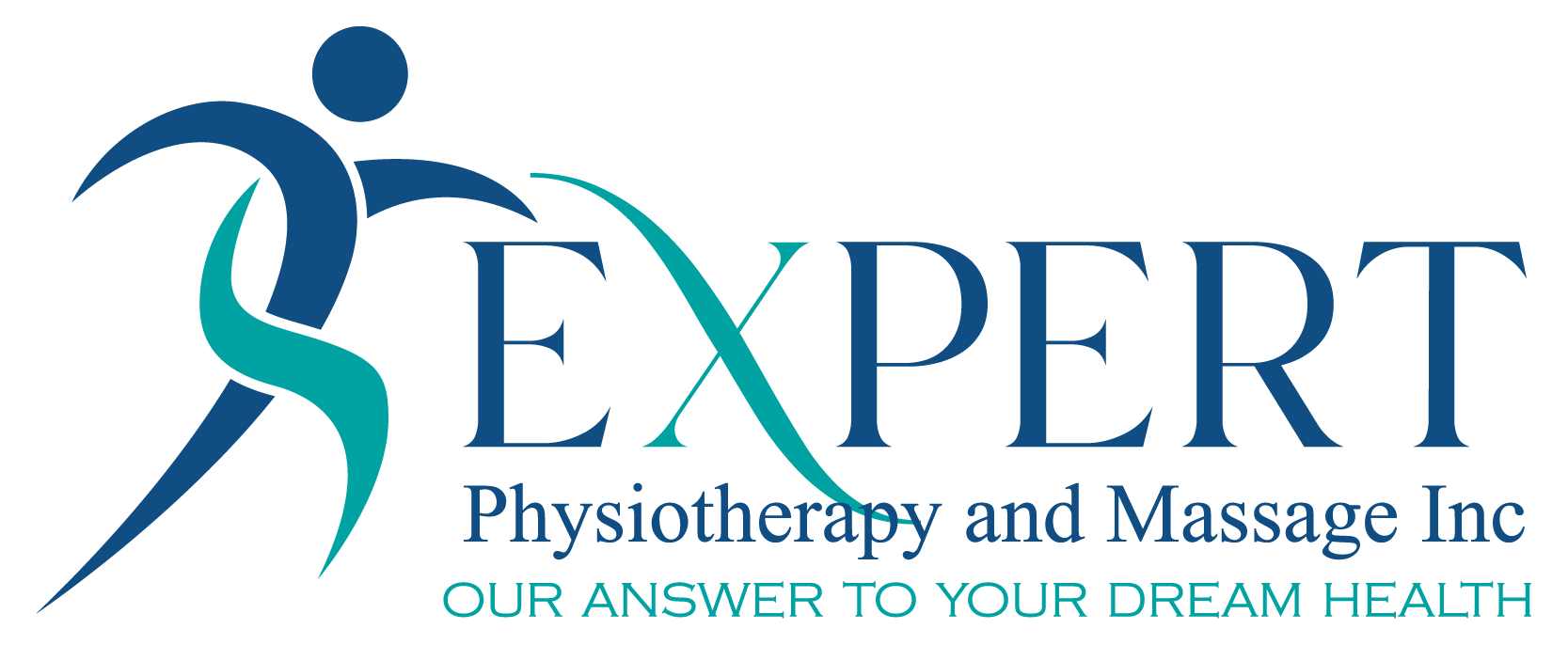Knee cap dislocation, also known as patellar dislocation, is a common injury that occurs when the patella (kneecap) shifts out of its normal alignment in the groove at the end of the femur (thigh bone). This condition can be painful and significantly limit mobility, making everyday activities like walking or climbing stairs a challenge.
In this blog post, we will explore the causes and symptoms of knee cap dislocation, the physiotherapy treatments available, and how they can help improve your condition.
Causes and Symptoms of Knee Cap Dislocation
Knee cap dislocation is often caused by:
- Trauma or Injury: A direct blow or sudden twist of the knee during activities such as sports or falls.
- Weak Muscles or Ligaments: Insufficient support from the surrounding muscles and ligaments can make the knee cap more prone to dislocation.
- Structural Abnormalities: Anatomical issues, such as a shallow patellar groove or misaligned lower limbs, can increase the risk.
Common Symptoms Include:
- Severe pain in the knee.
- Visible deformity or displacement of the kneecap.
- Swelling and bruising.
- Difficulty straightening or bending the knee.
- A sensation of the knee “giving out.”
The Role of Physiotherapy in Treating Knee Cap Dislocation
Physiotherapy plays a crucial role in the rehabilitation and recovery process following a knee cap dislocation. The primary goals of physiotherapy are to reduce pain, restore mobility, and prevent future dislocations. Here’s how physiotherapy can help:
- Pain Management
- Physiotherapists use techniques like manual therapy, ice therapy, and ultrasound therapy to reduce pain and inflammation.
- Restoring Range of Motion
- Gentle exercises are introduced to gradually improve knee movement without putting undue stress on the joint.
- Strengthening Exercises
- Targeted exercises focus on strengthening the quadriceps, hamstrings, and other supporting muscles around the knee to enhance stability.
- Improving Balance and Proprioception
- Balance and coordination exercises help retrain the body to maintain proper knee alignment during movement.
- Preventing Future Injuries
- Physiotherapists assess your gait, posture, and activity level to identify potential risk factors and recommend modifications or braces to protect the knee during recovery and daily activities.
What to Expect During Physiotherapy
Your physiotherapy journey will typically follow these stages:
- Initial Assessment: The physiotherapist will evaluate the severity of your injury and design a personalized treatment plan tailored to your needs.
- Early Phase Rehabilitation: Focuses on pain reduction, gentle mobilization, and minimizing swelling.
- Strengthening Phase: Introduces resistance exercises and weight-bearing activities to restore strength and stability.
- Advanced Functional Training: Prepares you for a return to daily activities or sports by incorporating more dynamic and sport-specific movements.
- Ongoing Support and Education: Your physiotherapist will provide advice on maintaining knee health and preventing re-injury.
Benefits of Physiotherapy for Knee Cap Dislocation
- Faster recovery and return to normal activities.
- Reduced reliance on pain medications.
- Improved knee strength, stability, and function.
- Lower risk of future dislocations.
Conclusion
Knee cap dislocation can be a challenging injury, but with the right physiotherapy treatment, you can regain mobility and prevent further complications. Expert Physiotherapy and Massage is dedicated to helping you recover effectively with tailored treatment plans and professional care.
If you or someone you know is struggling with knee cap dislocation, don’t hesitate to reach out to us. Let us guide you on your path to recovery and a pain-free life!


